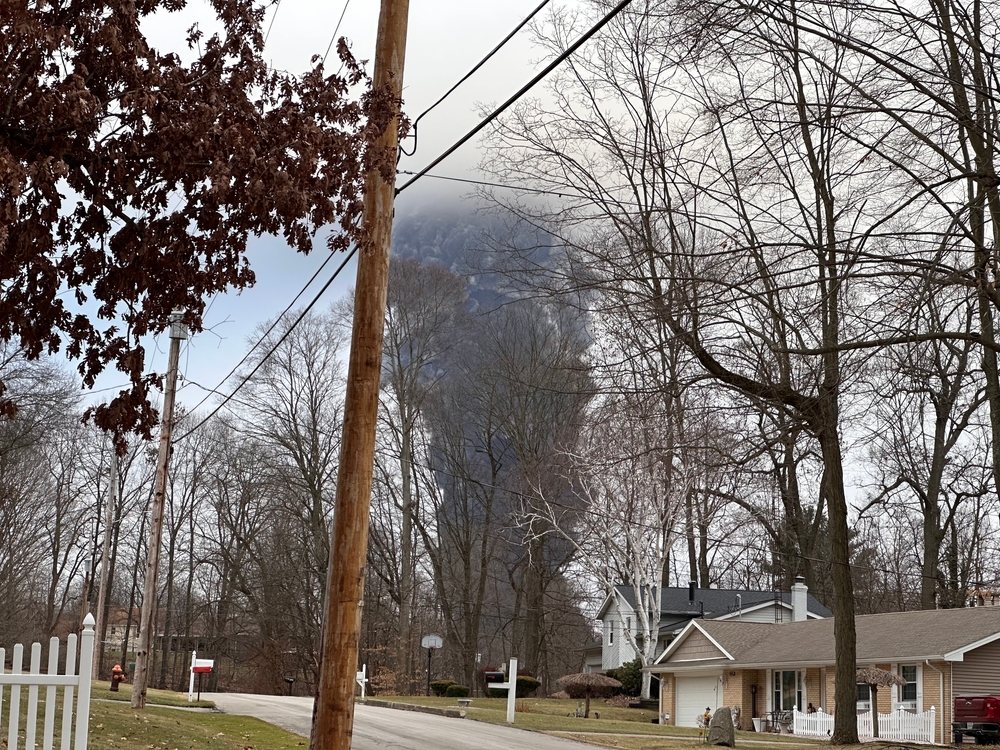Nationwide Proposal to Limit Toxins in Drinking Water
The Biden administration and the Environmental Protection Agency (EPA) hope to institute nationwide drinking water limits for toxic chemicals that have brought illness and death to countless Americans.
These manufactured chemicals, known as polyfluoroalkyl and perfluoroalkyl substances or PFAS, were created in the 1940s to be nonstick and resistant to water, stains, and fire. They have been in drinking water sources around the country ever since; one recent study found that ground soil, surface, and rainwater across the planet are so contaminated that only expensive technology will even begin to reverse it – in a process that could take hundreds or thousands of years.

PFAS are found in everyday household items such as cookware, food packaging, toys, carpets, and plastics. Industrial discharge into our waterways also means that 97% of Americans have PFAS in their blood.
Although PFAS have been phased out by American manufacturers, they are commonly known as “forever chemicals” because they do not break down in the environment.
PFAS are used in a wide array of industries, including mining, shipbuilding, oil, aviation, and firefighting. They are a main ingredient in a powerful fire-smothering foam called aqueous film-forming foam (AFFF). Firefighters exposed to PFAS over decades have fallen seriously or fatally ill, and they have filed thousands of firefighting foam lawsuits against AFFF manufacturers.
The EPA’s Proposal
If implemented, the EPA’s proposal would limit the levels of two specific PFAS, known as PFOA and PFOS, in drinking water to 4 parts per trillion. These can cause liver damage, changes in thyroid and cholesterol levels, and kidney and testicular cancer. Four other common PFAS would be regulated as a mixture.
The new regulations would designate entire classes of chemical compounds as hazardous under the Superfund law, which taxes and monitors industries that use these chemicals and funds waste site cleanup. They would also require public water systems to monitor for PFAS and notify the public if unsafe levels are detected.
Passing the proposal would have significant effects on public health since PFAS are used in so many products and industries. No hazardous pollutant has ever been regulated on such a scale. Some states have already placed PFAS limits on their water systems, but this would be the first nationwide standard.
While there is bipartisan support for the proposal, some water utility companies have voiced concerns about the costs of compliance and how those would transfer to higher water bills for residents.
Environmental advocates have praised the proposal, adding that they hope it takes effect faster than previous failed federal regulation attempts.
The agency said these new efforts would prevent thousands of deaths and tens of thousands of illnesses.
The Health Effects of PFAS Exposure
Exposure to PFAS puts humans and animals at risk for many serious medical conditions, many of which do not manifest for years. These include but are not limited to the following:
- Ulcerative colitis
- Thyroid disease
- High cholesterol and other heart problems
- Infertility/birth defects/miscarriages
- Liver damage
- Metabolic and autoimmune disease
- Cancers of the breast, kidney, testicles, pancreas, prostate, bladder, esophagus, liver, and lung
- Non-Hodgkin’s lymphoma
- Parkinson’s disease
PFAS Exposure in the U.S. Military
One of the biggest groups affected by PFAS toxic exposure is military members and their families.
PFAS and other toxic chemicals have contaminated at least 400 closed and active military installations around the country. In many cases, the government knew of these dangers and kept them quiet for decades.
Service members and their families developed chronic or fatal illnesses simply by using their water supply. Non-PFAS toxins found in the water included TCE/PCE, lead paint, benzene, and even jet fuel.
The most infamous case of water contamination in recent history happened at Camp Lejeune in North Carolina. At least a million people living and working in and around the Marine Corps base were sickened by their water.
Residents of military bases nationwide have attempted and failed to sue the U.S. government for failure to protect them from the contamination. A principle called sovereign immunity protects the government from lawsuits brought by injured service members. The Veterans Administration (VA) does not recognize PFAS-related health problems as related to military service – despite numerous studies proving otherwise.
But in 2022, President Biden signed the Camp Lejeune Justice Act into law, making an exception to this rule for those who lived and worked at Camp Lejeune. They must have lived there for at least 30 days between August 1, 1953, and December 31, 1987, and developed a qualifying illness. They can proceed with a Camp Lejeune lawsuit and seek financial compensation for their injuries if their claim is denied.
It remains to be seen whether the EPA’s new proposal on these forever chemicals will be adopted and how long it will take to make a real difference in the level of toxins Americans are exposed to every day.










